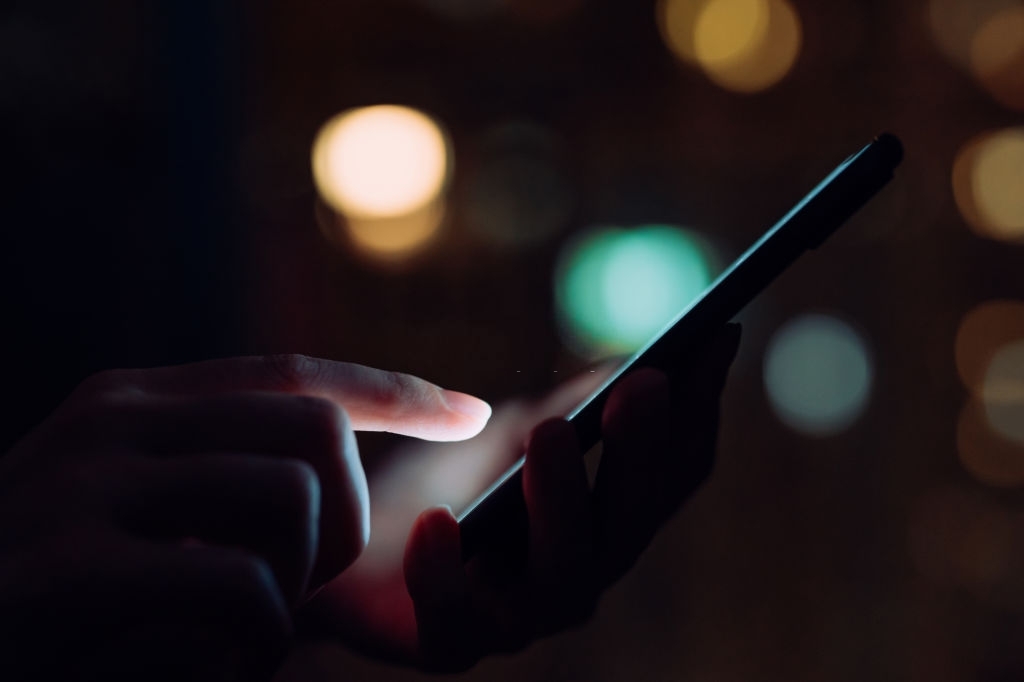This study says that a smartphone sensor is used like a GPS, where it grabs the ability to determine the intoxications caused after consuming the marijuana.
According to this new study, researchers say that the determination of cannabis intoxication is not much harder compared with smartphone technology.
Smartphone Sensor Data Can Detect Cannabis Intoxication
This study will state the evaluations of the feasibility by using the smartphone sensor data for identifying the cannabis episodes of the intoxication along with the natural environment by the combinations of time features.

With the development of new technologies, the experts are also much motivated to use the same for the betterment of individual health in the society, and taking a step further in this direction, the use of smartphone sensors is to be made to detect the intoxication condition in the user of cannabis.
On this note, tracking the time of a day or a week over smartphone sensor data will capture the 90 percent accuracy of rate.
Tammy Chung is the lead researcher and author of this study; he says that using the different types of sensors present in the smartphone can detect people’s experience when they are into cannabis intoxication.
Researchers say that brief interventions in between the delivery of where and when may impact very much for reducing related to the cannabis harm.
Tammy is one of the directors of CDC, he stated that intervention might take time to solve, but a real-time process is most required to reduce the cannabis risk for humans.
According to the associations with cannabis intoxication, response time will get slower than expected, which might affect the work and school performance by the impairments of the driving behavior, which leads to several fatalities and injuries as well.
On this note, there are existing measures that are detected like urine, saliva test, and blood with some limitations which act as an indicator for the cannabis intoxication and impairments related to the cannabis in our daily life.
Researchers had analyzed the data, which was collected daily from the young adults and among adults who are reported with using cannabis intoxication at least two times per week.
Surveys are conducted through phone examinations, and self-initiated reports are done through cannabis usage, where some continuous phone sensor data can be determined along with the importance of daytime and days in the week.
During the cases, while detecting the usage and identifying the type of phone sensors are included with most critical and useful for detecting the self-reported intoxications of cannabis.
Researchers had found some reports related to the time of days and weeks with 60 percent accuracy, and detecting the self-reporting of cannabis intoxication with the combinations of smartphone sensors and time features data is included with 90 percent accuracy.
According to the reported data of the travel patterns taken from GPS data is at the times when they got reported for feeling high, and accelerometer movement data is detected through different motions when phone sensors are features for detecting the self-reported cannabis intoxication.
Researchers had taken low burden methods for detecting the intoxications among the daily life and later found that the feasibility of using the phone sensors are detected through subjective intoxication from the consumption of cannabis is relatively strong.
According to future research, investigations are performed by using the algorithms to classify the intoxicated and not intoxicated are reported for the cannabis usage less frequently.
On a concluding note, researchers had reported the study for intoxications by using very few tools and law enforcement that may use the stronger correlations for showing the self-reported usage of cannabis intoxication.